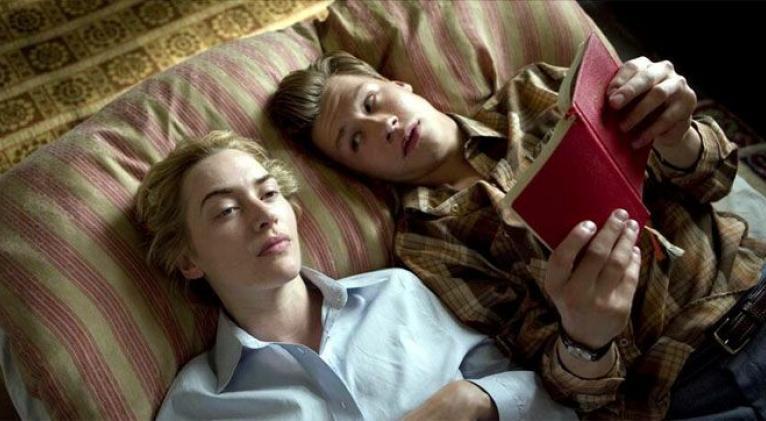THE LIBRARY: Reading About Guilt and Memory
especiales

The novel The Reader was adapted into a film in 2008 under the direction of Stephen Daldry, with a script by David Hare, and achieved notable international acclaim. Starring Kate Winslet, Ralph Fiennes, and David Kross, the film maintains the spirit of the literary work by exploring the complex relationship between a young man and a woman marked by her past as a Nazi guard, and raises an intense debate about guilt, memory, and forgiveness. The film, sober and carefully crafted in its aesthetic, harvested several Academy Award nominations and consolidated the universal reach of Schlink's story.
Bernhard Schlink's The Reader has generated a strong controversy since its publication. For some critics, it’s a clear testimony on the management of guilt and a necessary review of the implications for the individual and society in the face of historical dilemmas that marked the 20th century. For others, however, it’s a frivolous look at an immeasurable tragedy: the fate of millions of Jews exterminated by the Nazi regime. Between these two extremes, the novel stands as a text that provokes debates that are difficult to ignore.
The personal tone of the narrative, which transitions between the intimate and the political, offers a human approach to a drama that transcends the individual. Schlink neither writes an apology for crime nor trivializes the psychological depth of his characters. However, some argue that identifying with a guilty person is equivalent to absolving them, while others argue that understanding their logic does not imply justifying them, but rather embracing the complexity of humanity in extreme circumstances.
The work opens a fertile space for highly relevant ethical and conceptual questions. It raises moral dilemmas that, although rooted in the memory of Nazism, remain profoundly contemporary. The reflection on guilt, responsibility, and historical memory transforms the novel into a platform for intergenerational dialogue, in which silences, omissions, and justifications carry as much weight as visible actions.
Schlink's style reinforces this effectiveness. It’s a text written with economy of resources, using direct and clear language that connects with the reader without artifice. The work is structured with functional precision: each part plays a narrative and emotional role in the development of the conflict. The apparent simplicity of the prose enhances, rather than limits, the scope of the dilemmas presented.
Beyond the central theme of guilt and memory, the novel also reflects on the impact of literature on everyday life. The shared reading between the characters becomes a symbolic and real bridge, embracing the value of literature as a common heritage of humanity. Thus, The Reader establishes itself as a text that not only provokes historical and moral debates but also underscores the power of art to accompany, challenge, and, in some ways, heal.
The reader narrates the relationship between Michael Berg, a German teenager, and Hanna Schmitz, an older woman with whom he experiences a passionate and enigmatic romance marked by the books he reads aloud to her. Years later, Michael discovers that Hanna is facing trial as a former guard at a Nazi concentration camp, and the story becomes a profound reflection on guilt, memory, and the difficulty of understanding—and judging—individual responsibilities in the midst of a collective tragedy.
Translated by Amilkal Labañino / CubaSi Translation Staff














Add new comment